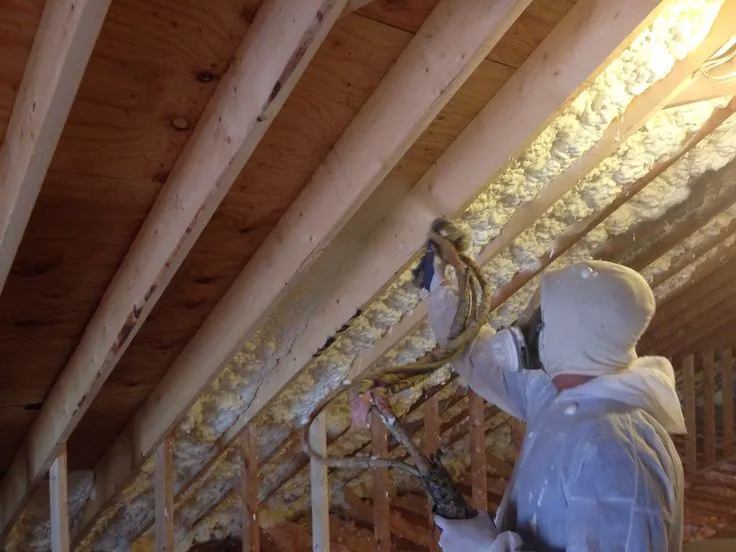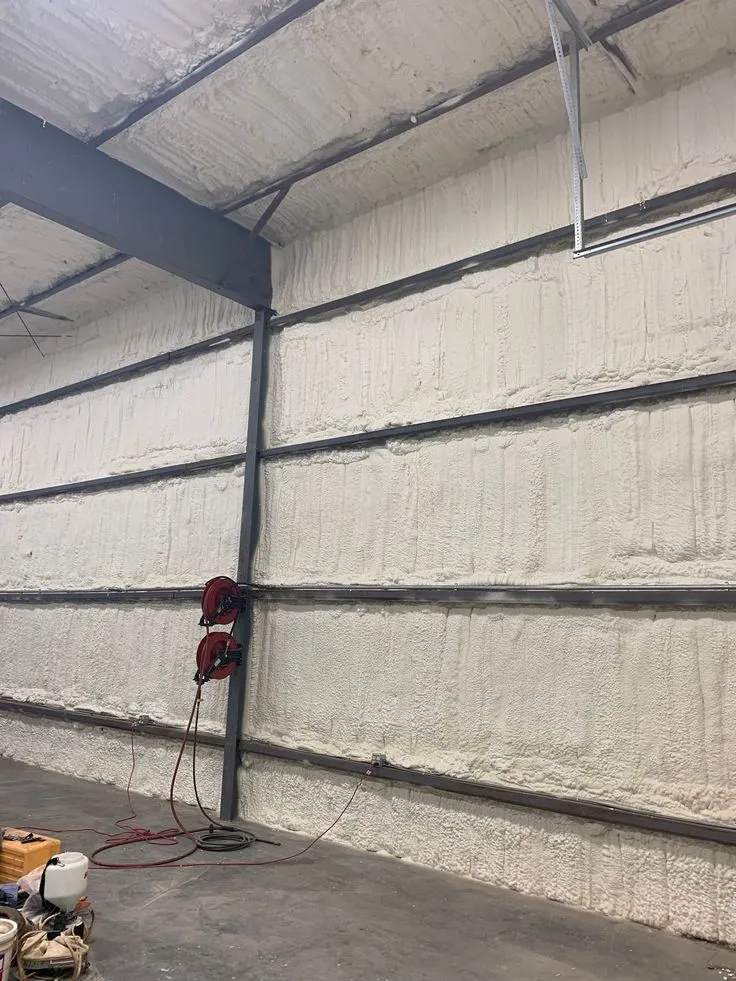
Insulation cuts energy costs by creating a barrier that stops heat from escaping homes during cold months and blocks outside heat in warmer times. In Burien, where winters bring steady rain and temperatures often drop below 40 degrees Fahrenheit, homes lose a lot of heat through walls and attics without proper insulation. This leads to higher heating bills from local utilities like Puget Sound Energy. Adding insulation can reduce these losses by up to 50%, based on data from the U.S. Department of Energy, easing the burden of rising energy prices that have climbed 15% in Washington state over the past two years.
This article breaks down how insulation works in Burien’s damp, mild climate, covers practical benefits, and offers steps to evaluate options. Readers will find clear facts, local insights, and tips drawn from hands-on work in the area. Information here comes from established sources and direct observations of insulation performance in Puget Sound homes, building trust through proven results.
Burien sits along Puget Sound with a climate that mixes cool, wet winters and mild summers. Average winter lows hover around 35 to 40 degrees, while humidity stays high year-round. These conditions make heating the main energy drain, but cooling needs rise too during occasional hot spells. A report from Puget Sound Energy notes that residential heating accounts for about 60% of home energy use in the region.
Rising costs add pressure. Electricity rates in Washington increased by 8.5% in 2023, according to the Washington Utilities and Transportation Commission. Natural gas prices followed suit, up 12% nationally per the U.S. Energy Information Administration. For Burien households, this means monthly bills often exceed $200 in peak seasons without efficiency measures.
Insulation traps air in materials that resist heat transfer, measured by R-value. Higher R-values mean better performance. In walls, attics, and floors, it slows conduction, convection, and radiation—the main ways heat moves.
For Burien’s weather, focus on attics and walls first. Uninsulated attics can lose 25% of a home’s heat, per Energy Star. Spray foam, fiberglass batts, or blown-in cellulose all seal gaps that let moist air infiltrate, preventing mold in the area’s wet climate. Selecting the right type of insulation is key to optimizing this heat control in Burien homes.
From experience with local installations, check for air leaks before insulating. In Burien homes, gaps around recessed lights or chimneys often let in damp air. Seal them with caulk to boost insulation effectiveness by 20%, avoiding common moisture issues.
Different materials fit Burien’s needs. Fiberglass works well for attics but settles over time in humid conditions. Spray foam expands to fill crevices, ideal for older homes with uneven framing. Rigid foam boards suit basements exposed to groundwater.
Here’s a comparison of common types:
| Insulation Type | R-Value per Inch | Best Use in Burien | Cost Range per Sq Ft | Moisture Resistance |
|---|---|---|---|---|
| Fiberglass Batts | 3.1-4.3 | Attics, walls | $0.50-$1.50 | Moderate |
| Spray Foam (Closed-Cell) | 6.0-7.0 | Walls, rims | $1.50-$3.00 | High |
| Blown-In Cellulose | 3.2-3.8 | Attics, retrofits | $1.00-$2.00 | Good with treatment |
| Rigid Foam Boards | 3.8-5.0 | Basements, exteriors | $0.25-$2.00 | Excellent |
Data draws from Oak Ridge National Laboratory insulation studies. Closed-cell spray foam stands out for sealing against Burien’s frequent rains.
For effective climate adaptation, in coastal areas like Burien, pair insulation with vapor barriers. This stops condensation buildup, a frequent problem in homes near the sound where indoor-outdoor temperature swings create dew points.
Insulation pays off quickly in Burien. The average homeowner saves $300 to $500 yearly on energy bills after upgrading, according to a study by the Northwest Energy Efficiency Alliance. With energy costs projected to rise another 5-7% in 2024 per the EIA, payback periods shorten to 3-5 years.
Local market data shows demand growing. King County permits for insulation retrofits jumped 18% in 2022, reflecting awareness of costs. In Washington, homes with R-38 attic insulation use 20% less energy than those with R-19, as tracked by Washington State University Extension.
These figures highlight why insulation eases financial strain amid utility rate hikes.
To maximize these savings, assess current insulation levels first. Pull back attic flooring or check walls for drafts. Burien’s building codes require minimum R-30 for attics in new construction, but many older homes fall short.
Factor in home age and size. Pre-1980s bungalows common in Burien often need full retrofits due to single-pane windows and thin walls. Budget for professional audits; they cost $300-$500 but reveal hidden losses.
Think about long-term climate shifts. Warmer summers may increase cooling needs, so versatile insulation like spray foam handles both heating and cooling efficiently.
Weigh environmental impact. Better insulation cuts carbon emissions tied to energy use—Washington aims for 95% clean electricity by 2045, per state goals.
Here’s a practical tip on energy audits: Hire a certified auditor familiar with Puget Sound moisture. They use infrared cameras to spot issues, ensuring investments target the right areas without over-insulating.
DIY can work for simple attic jobs, but walls and tight spaces often end up with gaps or voids. This reduces efficiency by 10–15%, making professional installation the safer choice.
Yes, permits are required for major projects over $500. Always confirm with the Burien Planning Department to stay compliant and avoid potential fines.
People wonder about incentives. Federal tax credits cover 30% of costs up to $1,200 through the Inflation Reduction Act, detailed on Energy.gov.

Yes, older Burien homes benefit most. Many built in the 1950s have little to no wall insulation. Adding it cuts drafts and improves comfort without full remodels. Expect 15-25% bill reductions if starting from bare conditions.
High humidity demands moisture-resistant options. Open-cell foam absorbs some water but needs ventilation; closed-cell repels it entirely. Avoid untreated cellulose in damp basements to prevent settling.
Aim for R-49 in attics and R-21 in walls, per IECC standards adapted for Washington. This matches the marine climate zone 4C, balancing cost and performance.
Sometimes. Better energy efficiency reduces fire risks from overworked systems, and some insurers offer discounts for upgrades. Check with providers like State Farm for specifics.
Quality installs last 20-50 years. Fiberglass may compress over time, but spray foam holds shape. Regular inspections every 10 years catch settling early.
Insulation directly tackles Burien’s energy cost pressures by minimizing waste and stabilizing indoor temperatures. Key points include targeting attics and walls, choosing moisture-resistant types, and verifying current setup. Savings add up over time, especially with rising rates.
Evaluate your home’s needs based on size, age, and usage patterns. Consider audits and incentives to align choices with long-term goals like comfort and lower emissions.
For those ready to explore options, consider reaching out to Cascadia Spray Foam of Seattle at (425) 386-3500 or [email protected] to discuss insulation assessments tailored to Burien properties. Schedule an initial review to identify specific savings opportunities without commitment. This step helps homeowners take control of energy expenses in a practical way.